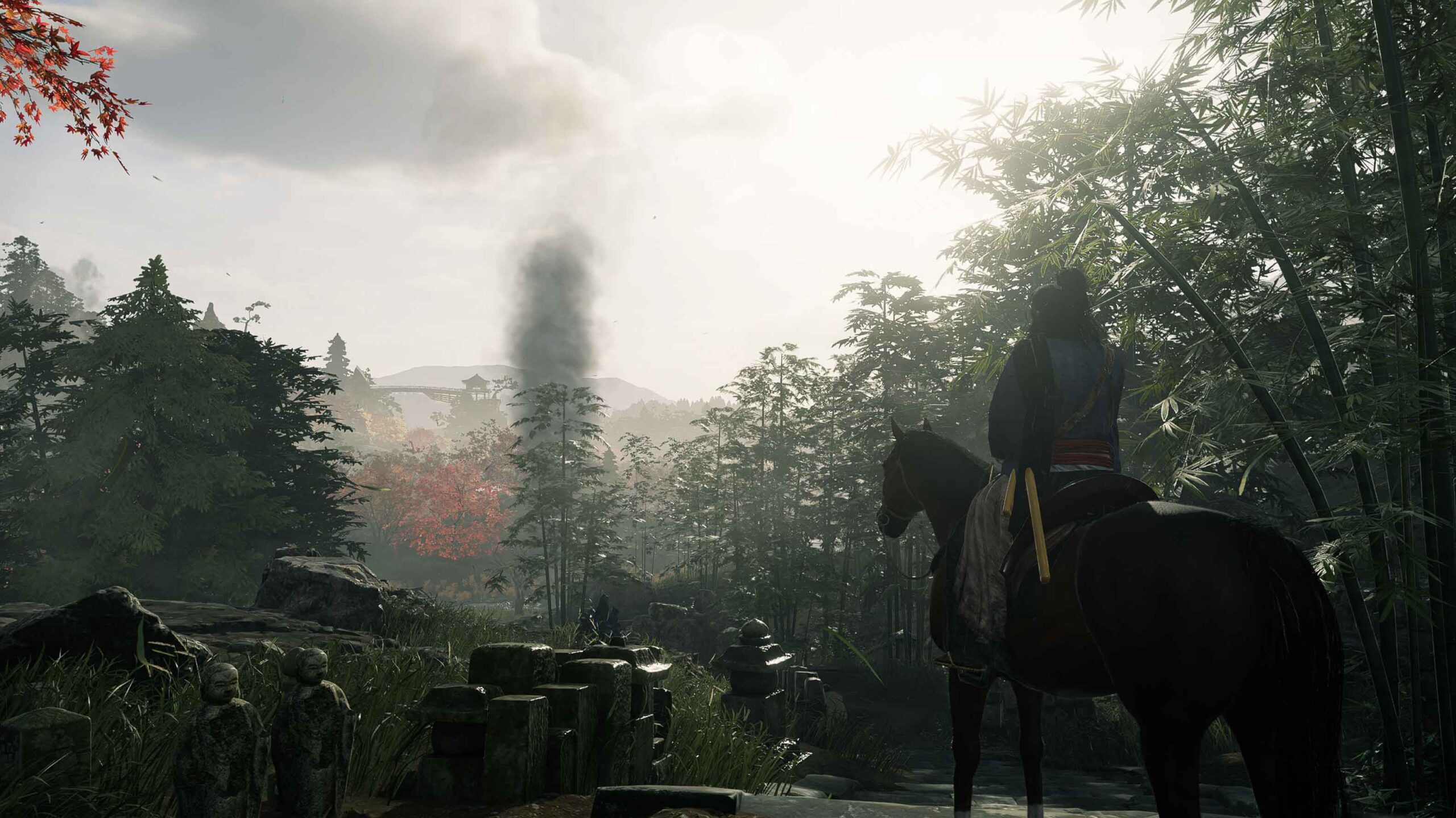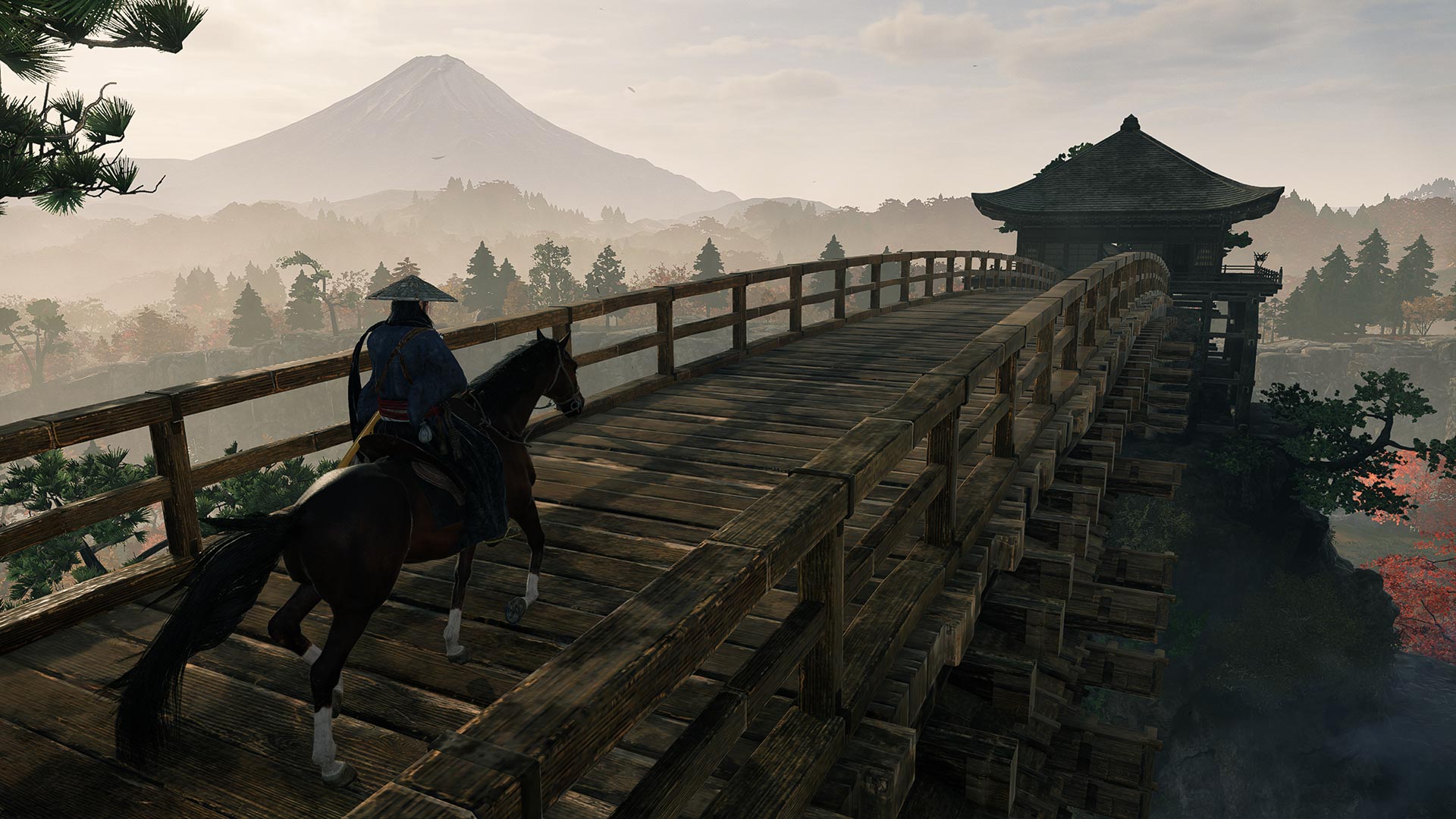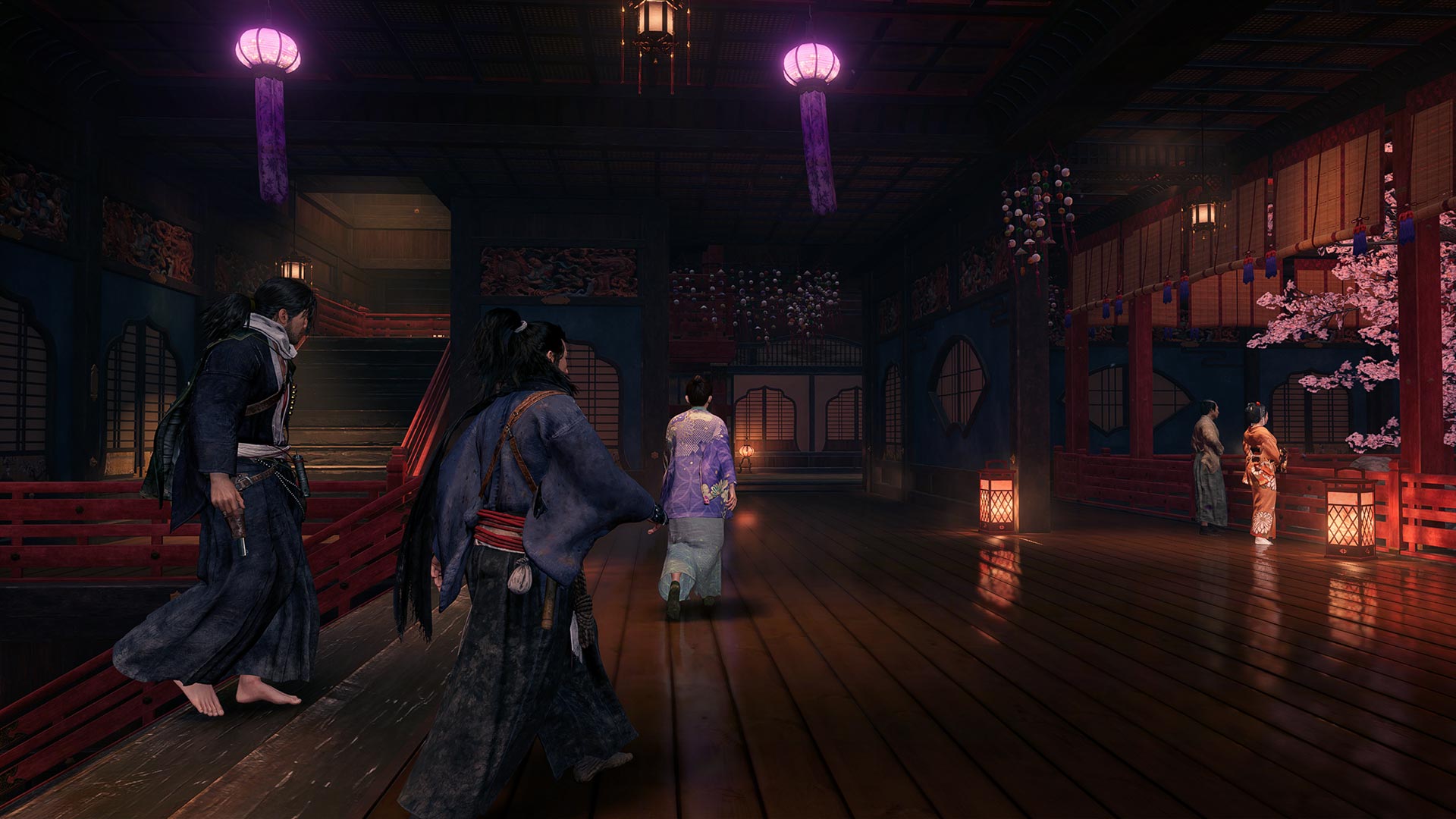
We don’t do ratings in our game reviews on MobileSyrup, but if we did, Team Ninja’s Rise of the Rōnin would be the epitome of a 7/10 for me.
It’s the sort of experience that doesn’t particularly excel in any one area, but it’s also not inherently bad. Instead, it’s a decently entertaining, if overly familiar, experience that doesn’t leave too much of a lasting impression.
Part of that just comes down to its place in the media landscape. For one, its status as a historical open-world PlayStation samurai adventure immediately draws close comparisons to Sony’s own Ghost of Tsushima, a game that was already dubbed “Assassin’s Creed Japan” for its similarities to Ubisoft’s works. Rise of the Rōnin also comes right on the tail of Disney’s stellar ongoing Shōgun series, another historical samurai drama.
Unfortunately, Rise of the Rōnin also just doesn’t do enough to differentiate itself from these titles. First, there’s the main story, which is set in 1863 war-torn Japan, follows your custom warrior as they pursue a shadowy group. It begins with an admittedly tired revenge motivation for your character, although it does get a bit more interesting when other players join the conflict, especially those who were prevalent in the Bakumatsu, like Sakamoto Ryōma, a real samurai who was also featured in Like a Dragon Ishin! It’s nothing overly compelling, though.
Punctuating these story beats is the combat system, which is solid, if a tad uninspired. Given Team Ninja’s pedigree working on the likes of Ninja Gaiden and Nioh, you can expect slick melee-based fights focused around staggering enemies, but with a bit less of a challenge. Part of that comes down to a more forgiving parry system and the ability to frequently have companions with you (more on this later). There are also Nioh-like stances, which add a bit more variety. None of these feel novel, but it works reasonably well on the whole.
 The more unique parts of the gameplay, incidentally, largely have to do with ranged combat. During battles, you can use a grappling hook to launch explosive barrels at enemies or hit them Indiana Jones whip-style. You can also parry flaming arrows to inflame your sword, which is both incredibly satisfying and badass. The ability to use firearms also makes this feel a bit different from the likes of Ghost of Tsushima.
The more unique parts of the gameplay, incidentally, largely have to do with ranged combat. During battles, you can use a grappling hook to launch explosive barrels at enemies or hit them Indiana Jones whip-style. You can also parry flaming arrows to inflame your sword, which is both incredibly satisfying and badass. The ability to use firearms also makes this feel a bit different from the likes of Ghost of Tsushima.
Where Rise of the Rōnin mostly comes short, however, is its open world. As mentioned, it feels painfully similar to other games. Even if we’re ignoring Ghost of Tsushima‘s similar (and far prettier) setting, the actual structure of Rise of the Rōnin‘s Japan leaves much to be desired. After a brief tutorial, you’re set out on your adventure into the vast fields. What’s the first thing I came across? A camp in which you have to take down a few bandits before you get a short cinematic about liberating the people who reside there. After this, I came across a large town that also had a group of enemies I had to clear out before getting a similar sizzle reel of people returning to their homes. This repetitive Far Cry-style approach to landmarks is all too common in open-world games, and it’s something Ghost of Tsushima also suffered from. That checklist design approach extends to other perfunctory activities like finding cats to pet, treasure boxes to plunder or scenic spots to photograph. While many other open-world games also suffer from this sort of generic side content, the ones that are most successful in this regard at least inject meaningful bits of narrative and personality into these optional activities, like the recently released PS5 exclusive Final Fantasy VII Rebirth. Sadly, that’s missing in Rise of the Rōnin.
This repetitive Far Cry-style approach to landmarks is all too common in open-world games, and it’s something Ghost of Tsushima also suffered from. That checklist design approach extends to other perfunctory activities like finding cats to pet, treasure boxes to plunder or scenic spots to photograph. While many other open-world games also suffer from this sort of generic side content, the ones that are most successful in this regard at least inject meaningful bits of narrative and personality into these optional activities, like the recently released PS5 exclusive Final Fantasy VII Rebirth. Sadly, that’s missing in Rise of the Rōnin.
The sidequests themselves can also be a missed bag, with some of them feeling like they came from generations ago. For instance, one of them, one of them had me looking for herbs for a woman, but that was the only narrative behind it, so the whole thing boiled down to clearing out an enemy encampment, snagging the plants and running back to her. There are several quests like that. On the flip side, other side content is more impactful because you meet interesting people, like the aforementioned Sakamoto Ryōma. Besides providing mini de facto history lessons, these interactions also unlock companions with whom you can develop a ‘Bond.’
 Depending on your dialogue choices, these characters will remain your allies and fight with you in battle (and you can even switch between them on the fly for a wider range of abilities, like Sakamoto’s proficiency for staggering) or even turn against you. It’s a clever way to make you feel more like a participant in this key part of Japan’s history while also providing some real consequences for the activities you pursue and the decisions you make.
Depending on your dialogue choices, these characters will remain your allies and fight with you in battle (and you can even switch between them on the fly for a wider range of abilities, like Sakamoto’s proficiency for staggering) or even turn against you. It’s a clever way to make you feel more like a participant in this key part of Japan’s history while also providing some real consequences for the activities you pursue and the decisions you make.
That’s ultimately what I’ll most remember about Rise of the Rōnin. While the decent combat and serviceable story don’t mix all that well with the bland open-world, the game succeeds thanks to its deeper dive into this fascinating historical period and the more active role that players get to play in it.
Rise of the Rōnin definitely isn’t a must-play, but it’s worth checking out down the line with a price drop.
The game launches exclusively on PlayStation 5 on March 22nd for $89.99.
MobileSyrup utilizes affiliate partnerships. These partnerships do not influence our editorial content, though we may earn a commission on purchases made via these links, helping fund the journalism provided free on our website.
MobileSyrup may earn a commission from purchases made via our links, which helps fund the journalism we provide free on our website. These links do not influence our editorial content. Support us here.


